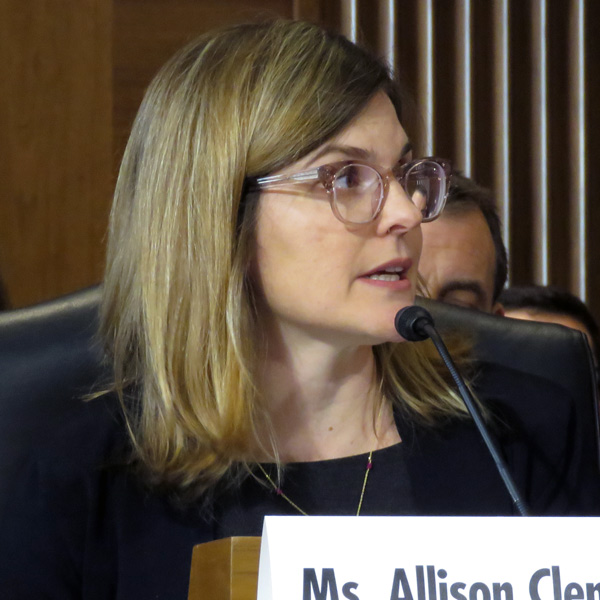FERC on Monday accepted revisions to four Southeast Energy Exchange Market (SEEM) utilities’ tariffs that implement the special transmission service used to deliver the market’s energy transactions.
The commission found the revisions to be just and reasonable and not unduly discriminatory or preferential. It ordered Duke Energy (NYSE:DUK), Southern Co. (NYSE:SO), Dominion Energy (NYSE:D) and PPL (NYSE:PPL) subsidiary LG&E and KU Energy to make a compliance filing within 30 days of the order and to make an informational filing at least 30 days before SEEM’s projected start-up next year (ER21-1115).
The market was established “by operation of law” when FERC failed to take action within 60 days after prospective SEEM members responded to the commission’s latest deficiency letter. The commissioners deadlocked 2-2 “as to the lawfulness of the change,” allowing the measure to take effect in accordance with Section 205 of the Federal Power Act. (See SEEM to Move Ahead, Minus FERC Approval.)
FERC Chair Richard Glick, who had opposed the market’s creation, sided with Commissioners James Danly and Mark Christie to create a 3-1 decision. He said the parties’ filings, unlike the SEEM agreement, do not apply Mobile-Sierra provisions that would limit FERC’s authority to require changes.
FERC Commissioner Allison Clements
” data-credit=”© RTO Insider LLC” style=”display: block; float: none; vertical-align: top; margin: 5px auto; text-align: left; width: 200px;” alt=”Clements-Allison-2018-01-23-RTO-Insider-FI.jpg” align=”left”>FERC Commissioner Allison Clements | © RTO Insider LLC
Commissioner Allison Clements dissented from the decision with a 13-page statement, saying the parties’ transmission tariffs fail to allow open access to the market and provide for rates that have not been shown to be just and reasonable. She said the order sets up a market exchange platform that fails to satisfy FERC Order 888’s open-access requirements by incorporating the non-firm energy exchange transmission service (NFEETS) integral to SEEM.
“The same infirmities that render the broader [SEEM] proposal unduly discriminatory and not just and reasonable also mean that it cannot lawfully be incorporated into the relevant utilities’ [tariffs] in this proceeding,” she wrote. “Incorporating NFEETS into [tariffs] integrates the [SEEM] proposal’s flaws into the relevant utilities’ transmission service offerings.”
SEEM participants say the market is open to all entities that “own or otherwise control a source within the territory and/or is contractually obligated to serve a sink within the territory.” Participants must sign an agreement and arrange to take NFEETS, a zero-cost transmission service through unused transmission capacity for 15-minute energy exchanges, from each participating transmission provider.
However, prospective participants must also have executed enabling agreements with three counterparties that participate in the market.
Clements said the requirements “impose unlawful barriers” to potential participants “because current participants may collude to exclude prospective participants by refusing to enter into enabling agreements.”
Protesters argued that under FERC’s open-access requirements, SEEM is a “loose power pool” and should be subject to a pool-wide tariff rather than establishing NFEETS for each transmission provider’s system.
The commission’s majority disagreed, saying precedent shows that free, non-firm transmission to facilitate intra-hour transactions does not constitute a loose power pool. It said the SEEM agreement allows for such service for unused transmission capacity and thus entails no opportunity costs.
“NFEETS is the lowest-priority transmission service, cannot be used to satisfy reliability obligations of [SEEM] participants and does not replace existing transmission service,” the majority said.



